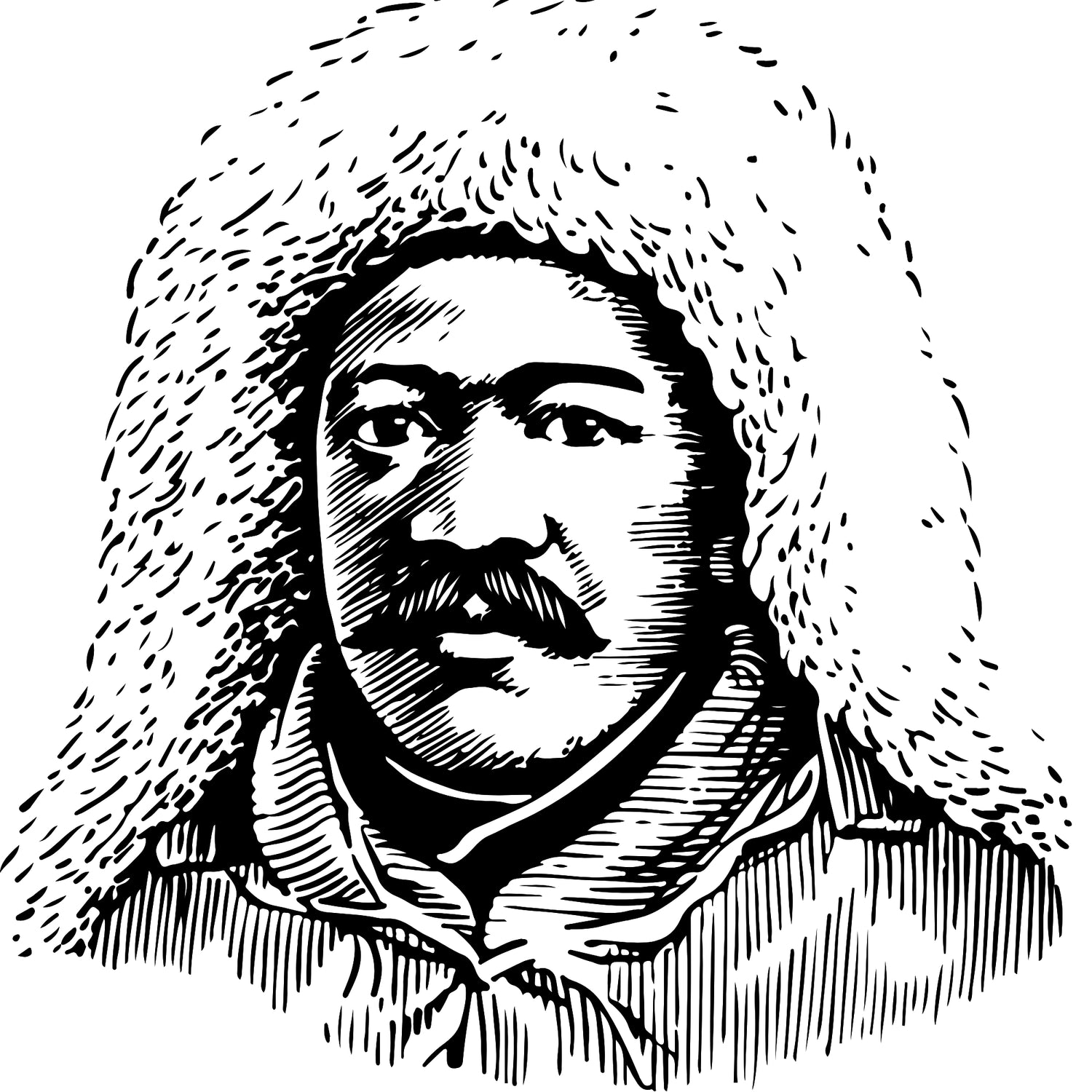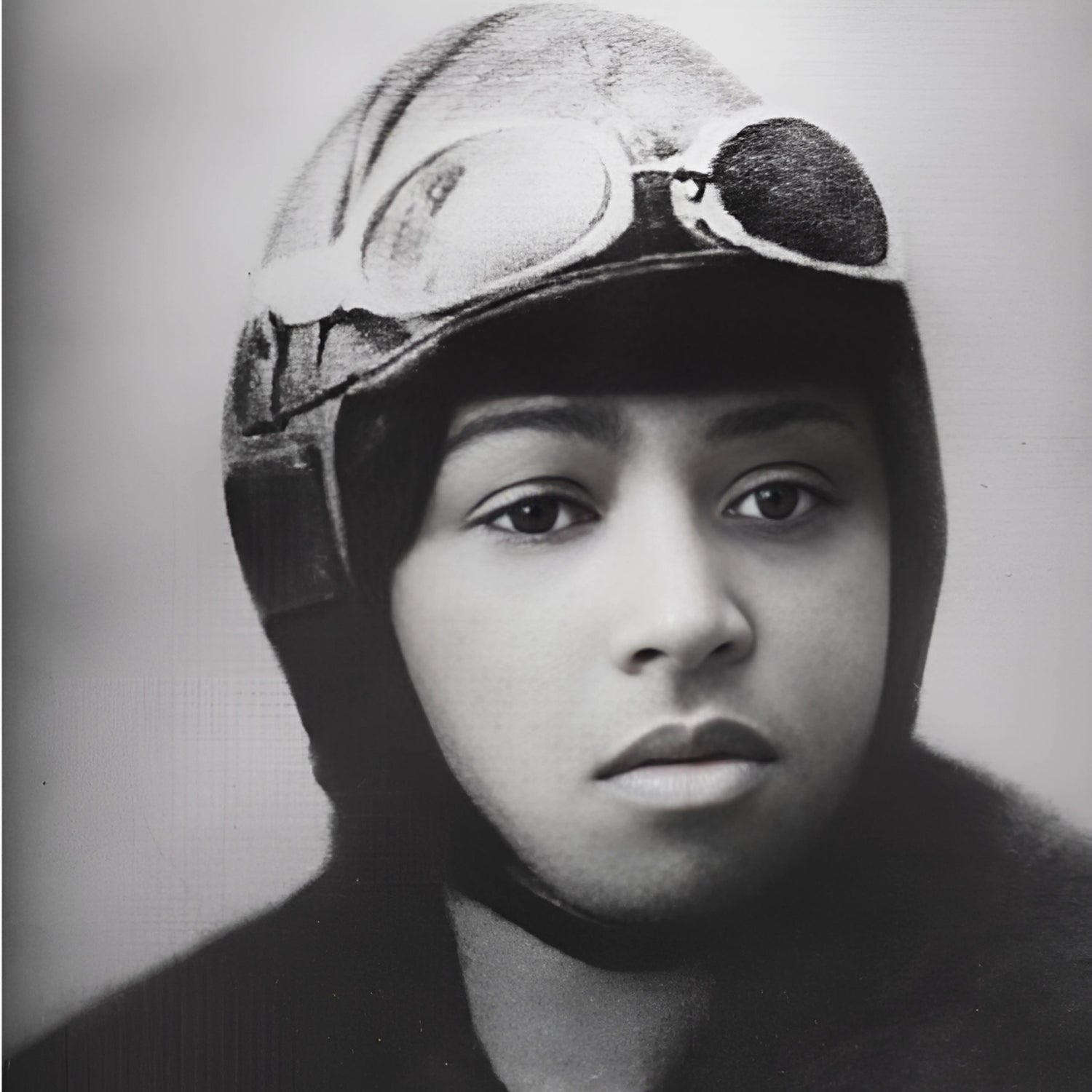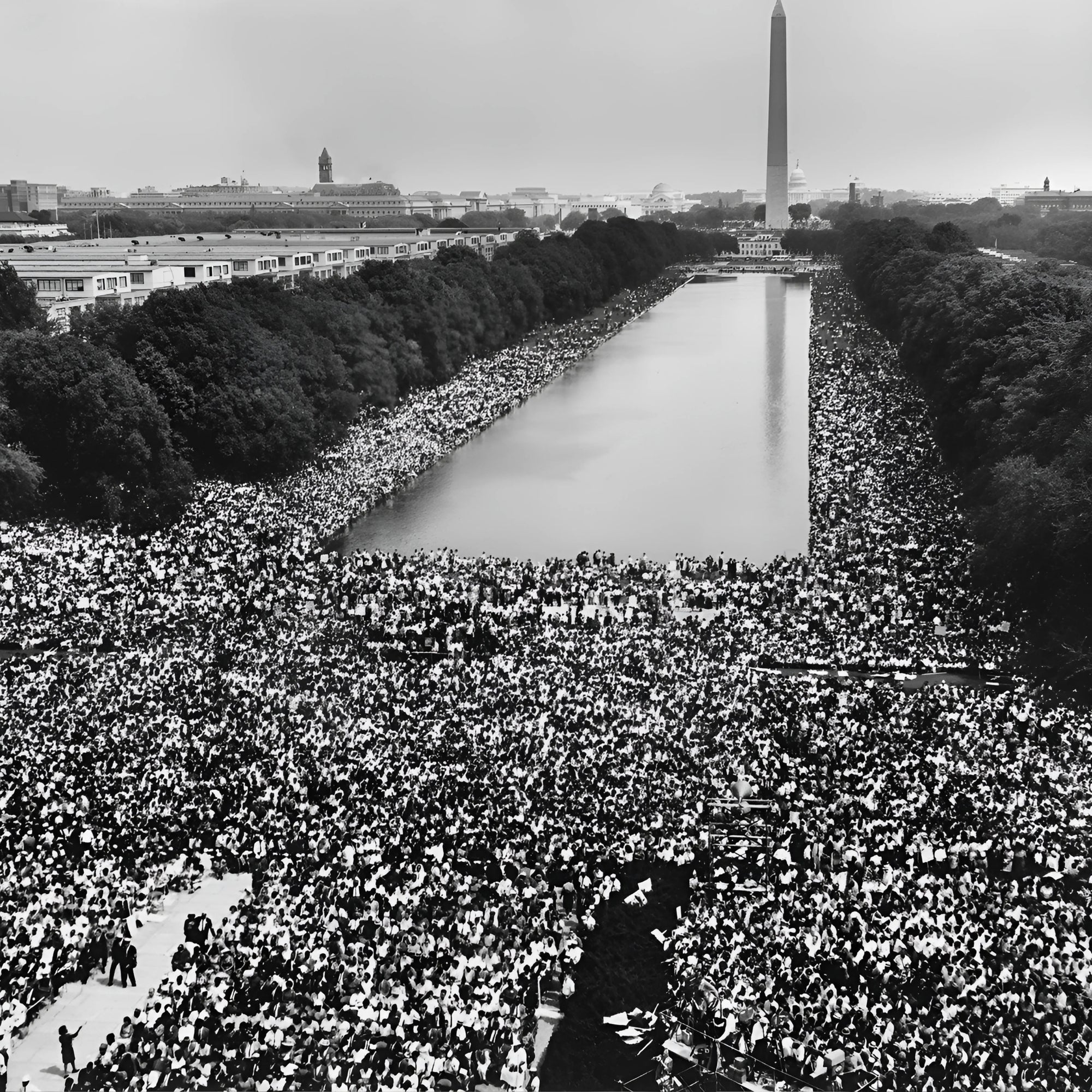Spotlight: Trailblazing Black Travelers
As we celebrate Black History Month, it's crucial to shine a light on the often-overlooked stories of trailblazing Black travelers. These intrepid individuals not only explored the world but also challenged societal norms and paved the way for future generations. Their journeys were not just about discovering new places, but also about breaking barriers and redefining what was possible for Black people in a world that often sought to limit their mobility and opportunities.
Historically, Black travelers faced numerous challenges, from legal restrictions to social prejudices. In the United States, the era of Jim Crow laws made travel particularly dangerous and difficult for Black Americans. The "Green Book," published from 1936 to 1967, became an essential guide for Black travelers, listing safe accommodations, restaurants, and other businesses that would serve them.
Despite these obstacles, many Black individuals embarked on remarkable journeys, leaving an indelible mark on the history of travel and exploration. Let's explore some of these inspiring stories:

Matthew Henson
Matthew Henson, an unsung hero of polar exploration, defied the odds to become one of the greatest Arctic adventurers of his time. Born in 1866 to sharecropper parents, Henson's early life was marked by hardship and determination. At just 12 years old, young Matthew set sail as a cabin boy, embarking on a journey that would shape his destiny. His voyages took him around the world, honing his skills as a navigator and igniting a passion for adventure that would define his life.
Henson's true calling came when he met Robert Peary, a naval officer with grand ambitions of Arctic conquest. Together, they formed an unlikely partnership that would challenge the limits of human endurance. Over two decades, Henson and Peary braved the unforgiving Arctic landscape. Henson's ingenuity and adaptability proved invaluable. He learned Inuit languages, mastered dog sledding, and crafted essential survival gear. His rapport with the Inuit people was crucial to their expeditions' success.
On April 6, 1909, Henson planted the American flag at what they believed to be the North Pole. "The Pole at last!" he exclaimed, realizing a lifelong dream.
Despite his pivotal role, Henson's achievements were initially overshadowed due to racial prejudices of the time. It wasn't until decades later that he received proper recognition, including the prestigious Hubbard Medal.
Matthew Henson's legacy lives on, inspiring generations of explorers and adventurers. His story reminds us that with perseverance and courage, we can overcome any obstacle and reach the top of the world.

Bessie Coleman
In the roaring 1920s, when the skies were dominated by white men, one woman dared to soar above racial and gender barriers. Bessie Coleman, the first African American and Native American woman to earn a pilot's license, blazed a trail through the clouds that would inspire generations to come. Born in 1892 to sharecroppers in Texas, Coleman's journey to the skies was anything but smooth. Faced with discrimination in America, she set her sights on France, where she learned to fly. In 1921, she earned her international pilot's license, a feat that earned her the nickname "Queen of the Skies."
Coleman's aerial prowess was matched only by her determination to break down barriers. She became a sensation, performing heart-stopping stunts at airshows across America. But for Coleman, flying was more than just entertainment—it was a powerful statement of equality and a beacon of hope for African Americans.
Tragically, Coleman's life was cut short in a plane crash in 1926. Yet, her legacy soars on. She paved the way for future aviators of color and inspired countless individuals to reach for the stars. Today, her story continues to captivate and motivate, reminding us that with perseverance and courage, we can all touch the sky.
Bessie Coleman's life is a testament to the power of dreams and the indomitable human spirit. As we remember the Queen of the Skies, we're reminded that sometimes, the most revolutionary act is to simply spread your wings and fly.

James Beckwourth
James Beckwourth, born into slavery in Virginia around 1798, emerged as one of the most remarkable figures of the American frontier. This intrepid explorer, fur trapper, and trader carved his name into the annals of Western history through his daring adventures and groundbreaking achievements. Beckwourth's journey began when he gained his freedom and ventured westward, joining the Rocky Mountain Fur Company in 1824. His natural aptitude for wilderness survival and his ability to forge relationships with Native American tribes quickly set him apart. Notably, Beckwourth lived among the Crow Nation for several years, becoming a respected war chief and gaining invaluable knowledge of the terrain and indigenous cultures.
Perhaps Beckwourth's most significant contribution was his discovery of a lower elevation pass through the Sierra Nevada in 1850. This route, later named Beckwourth Pass, provided a safer pathway for settlers traveling to California during the Gold Rush era. His explorations and intimate knowledge of the West made him an indispensable guide for numerous expeditions.
Beckwourth's legacy extends beyond his explorations. His dictated autobiography, "The Life and Adventures of James P. Beckwourth," published in 1856, offers a rare first-hand account of frontier life from an African American perspective. Though initially met with skepticism, modern historians have largely verified its contents, cementing its value as a crucial historical document.
James Beckwourth's life story embodies the spirit of the American frontier – a tale of adventure, resilience, and the pursuit of freedom. His contributions to westward expansion and our understanding of 19th-century America continue to inspire and educate, ensuring his place as a pioneering figure in the nation's history.

Ida B. Wells
Ida B. Wells, a trailblazing African American journalist and activist, courageously fought against racial injustice in the late 19th and early 20th centuries. Born into slavery in Mississippi in 1862, Wells emerged as a powerful voice for civil rights and women's suffrage. Wells' journey as a crusader began in 1884 when she was forcibly removed from a train for refusing to move to a segregated car. This incident ignited her passion for justice, leading her to file a lawsuit against the railroad company – a bold move for a Black woman of her time.
As a journalist, Wells fearlessly exposed the horrors of lynching through her investigative reporting. Her groundbreaking pamphlet, "Southern Horrors: Lynch Law in All Its Phases," shattered the myth that lynchings were justified punishments for Black men accused of raping white women. Wells' meticulous research revealed that many victims were innocent or accused of minor offenses.
Despite death threats and the destruction of her newspaper office, Wells persevered. She traveled internationally, raising awareness about racial violence in America. Her powerful speeches and writings galvanized support for the anti-lynching movement.
Wells' legacy extends beyond her anti-lynching crusade. She co-founded the National Association for the Advancement of Colored People (NAACP) and fought tirelessly for women's suffrage. Her unwavering commitment to justice and equality paved the way for future civil rights leaders.
Today, Ida B. Wells is remembered as a fearless journalist who wielded her pen as a weapon against injustice, leaving an indelible mark on American history. Learn more about her here.
The Impact and Legacy
These trailblazing Black travelers left a lasting impact that extends far beyond their individual journeys:
- Breaking Stereotypes: Their achievements challenged prevalent racist stereotypes and misconceptions about Black capabilities.
- Inspiring Future Generations: Their stories have inspired countless Black individuals to pursue their dreams, whether in travel, exploration, or other fields.
- Advancing Civil Rights: Many of these travelers, through their experiences and writings, contributed to the broader civil rights movement.
- Cultural Exchange: Their interactions with different cultures around the world fostered greater understanding and appreciation of diversity.
- Scientific Contributions: Explorers like Matthew Henson made significant contributions to geographical and cultural knowledge.

Celebrating these trailblazing Black travelers during Black History Month is more than just an acknowledgment of past achievements. It's a recognition of the resilience, courage, and determination that these individuals embodied. Their stories serve as powerful reminders of the progress made in the face of adversity and the work that still needs to be done to ensure equality and freedom of movement for all.
As we reflect on these inspiring journeys, let's consider how we can continue to honor their legacy:
- Educate: Share these stories in schools, museums, and public spaces to ensure they become part of our collective historical narrative.
- Support: Encourage and support Black-owned travel businesses and initiatives that promote diversity in travel.
- Explore: Seek out and visit historical sites and landmarks that commemorate the achievements of Black travelers and explorers.
By recognizing and celebrating these trailblazing Black travelers, we not only honor their memory but also inspire future generations to push boundaries, explore the world, and continue the journey towards equality and understanding.
